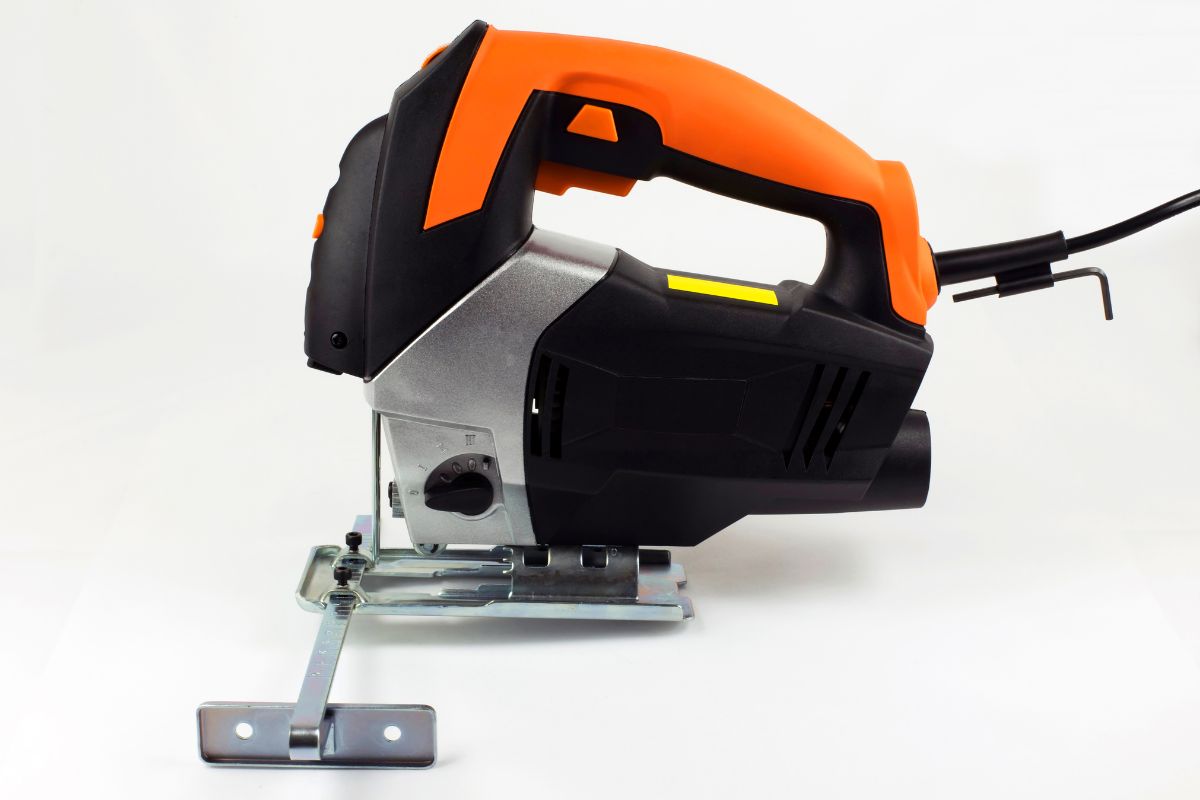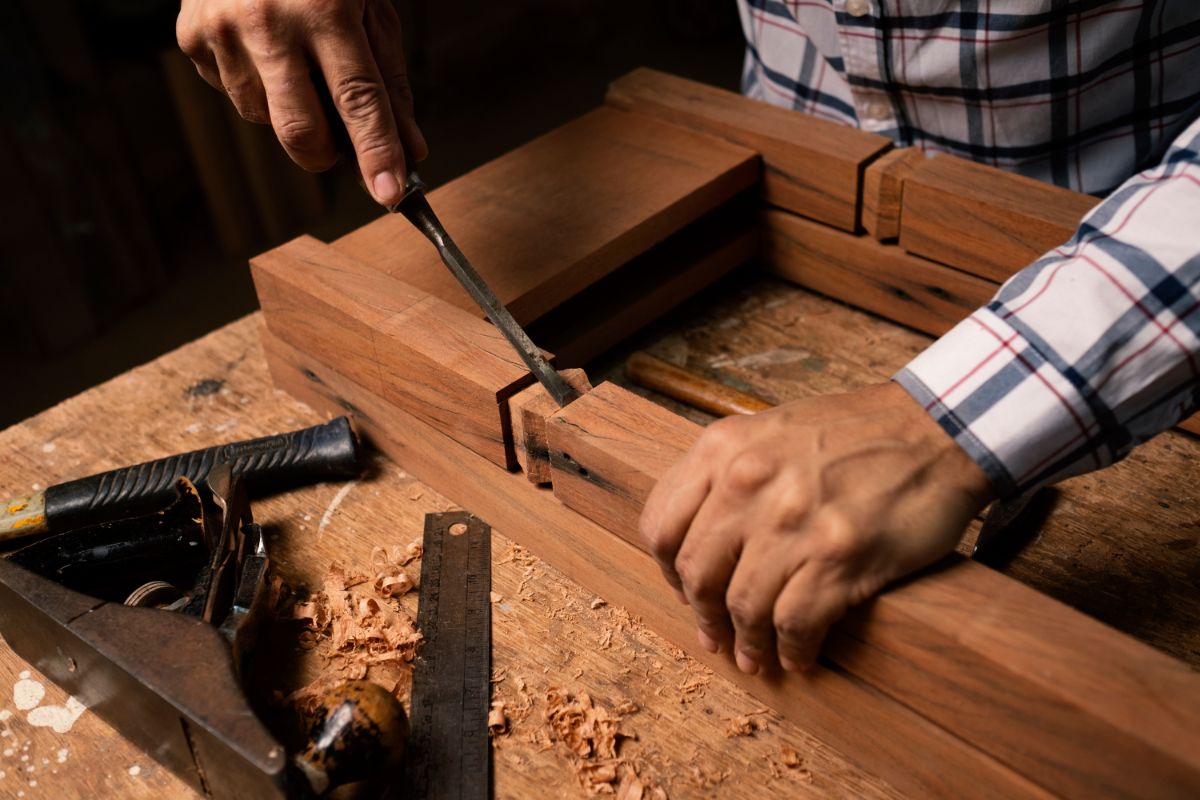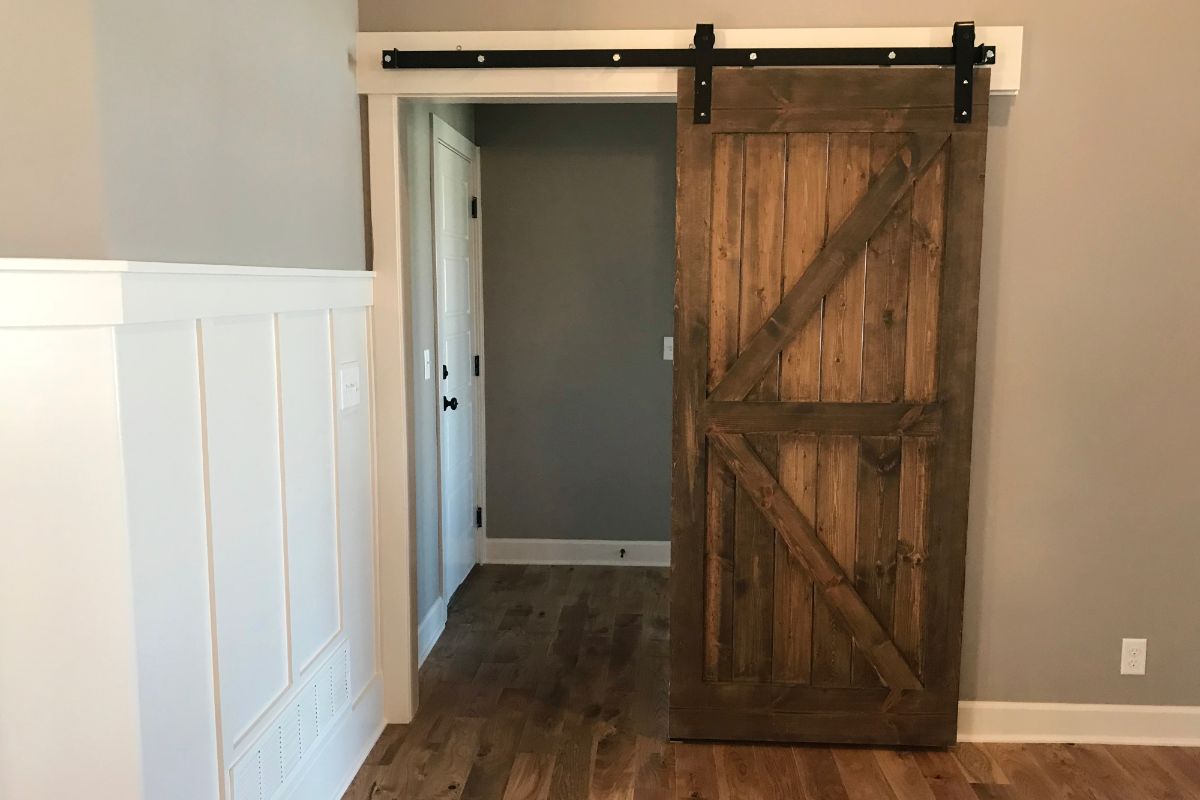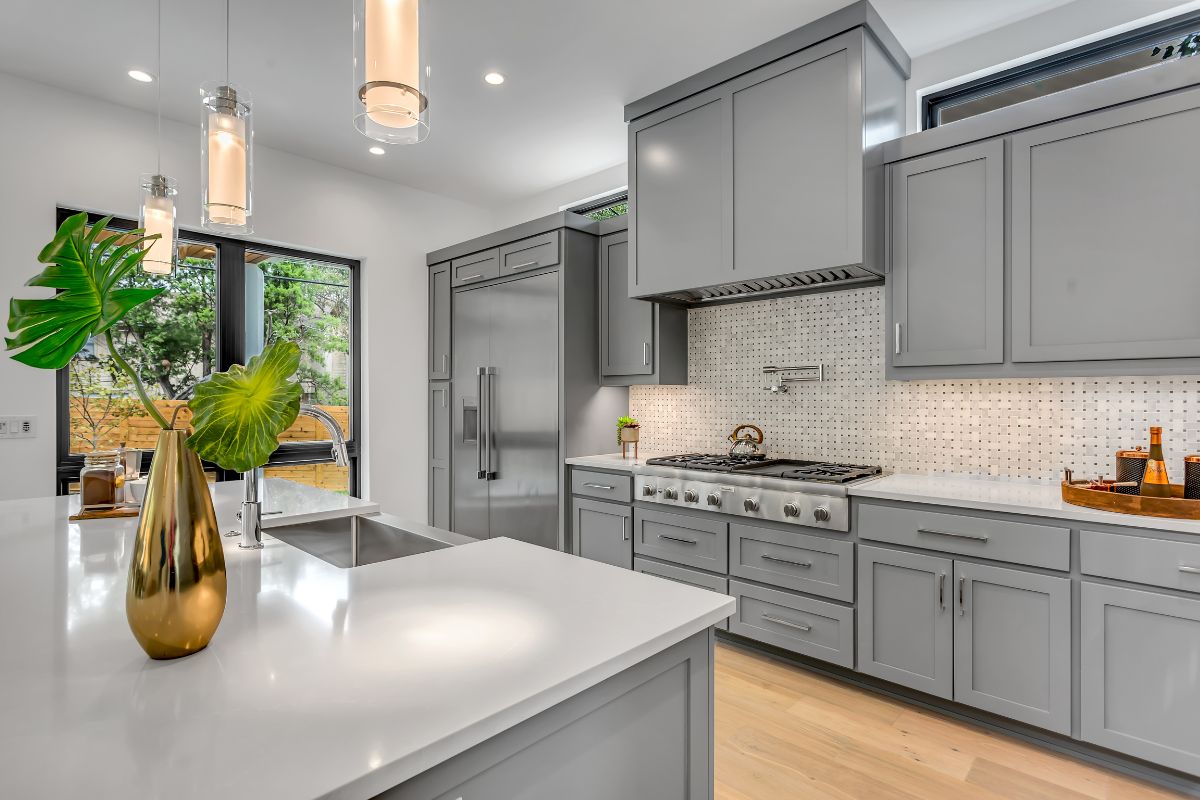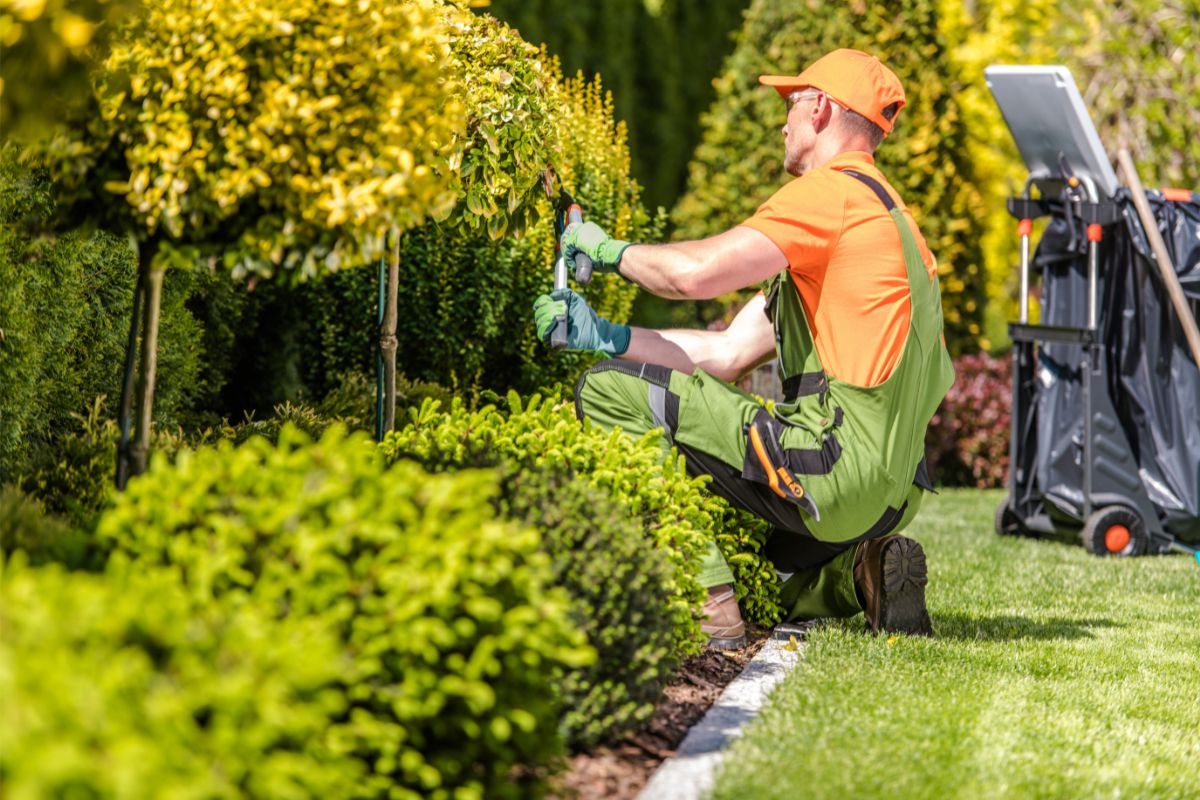For most projects, you’ll find that MDF performs as well or better than plywood. In fact, MDF is often used where durability and stability are important factors, while plywood is typically chosen for projects that require high strength and dimensional stability.
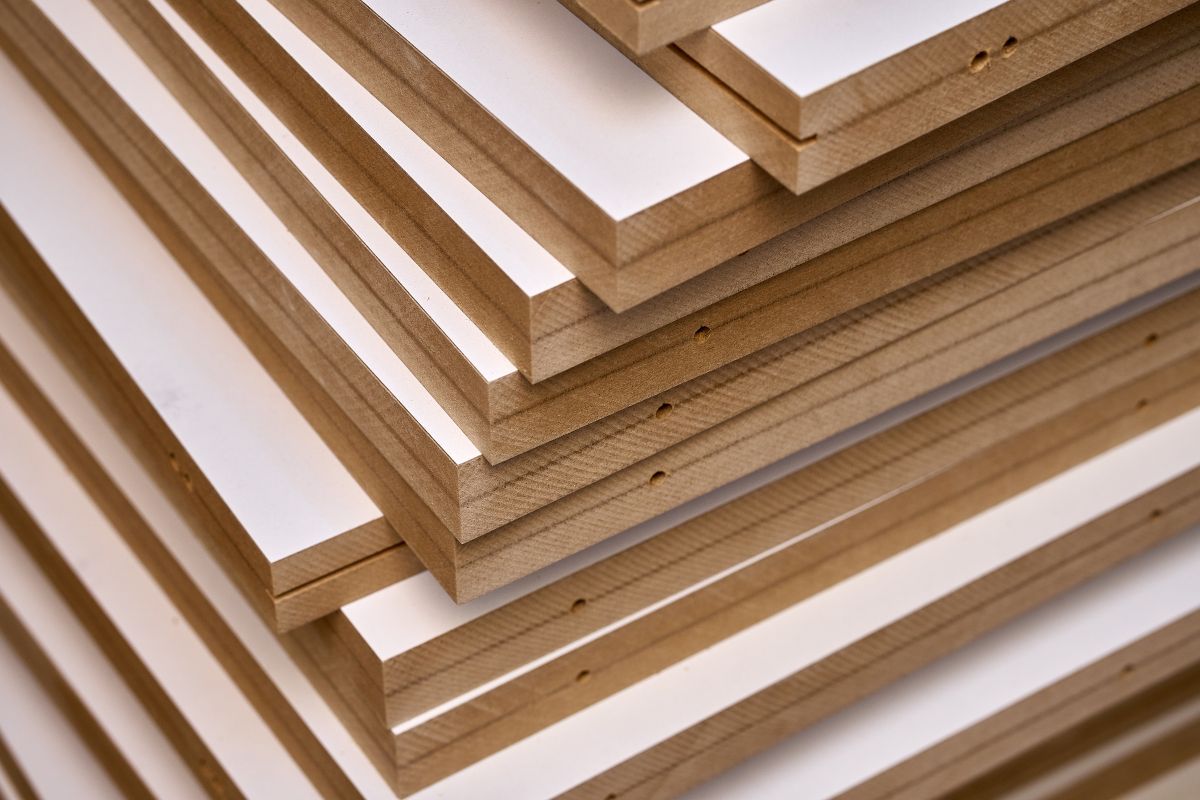
However, there are some cases where one material excels over another.
For example, plywood is generally best suited for use under kitchen countertops because it resists moisture and staining better than MDF.
And although MDF can be slightly stronger than plywood, it doesn’t provide the same degree of protection against splintering.
Furthermore when it comes to wall paneling, MDF is usually the better choice. Because it’s much thinner than plywood, MDF panels don’t warp or bow like those made from thicker materials.
However, both materials are suitable for making doors, drawers, and cabinet fronts.
Cost
MDF is often used in place of plywood because it’s lighter and easier to work with. But while it may cost less upfront, you’ll pay more for the wood itself.
Plywood is typically priced per sheet, whereas MDF is usually sold by the foot.
Although it differs slightly in general, plywood costs more than MDF. For instance, 4×6 tongue-and-groove pine plywood sells for around $10-$15 per square foot.
In comparison, 3/16 inch thick medium density fiberboard (MDF) runs anywhere from $3-$5 per square foot.
Plywood Looks More Authentic
Plywood is actually made from layers of thin wood veneers glued together. Plywood is better than MDF and a great option if you prefer real wood, especially if cost is an issue.
It is much cheaper than solid wood, making it ideal for small jobs.
There are three main types of plywood: particleboard, fiberboard, and oriented strand board. Particleboard is made from sawdust mixed with glue and resin.
Fiberboard is made of wood chips mixed with glue and resin, and oriented strand board is made from long strands of wood, similar to bamboo. Each type offers a unique combination of strength, durability, and cost.
Particleboard is strong enough to hold up against heavy loads without warping or splitting, but it tends to warp over time.
Fiberboard is stronger than particleboard, but it can still warp over time. Oriented strand board is the strongest, most durable form of plywood, but it costs twice as much as particleboard.
MDF Is Heavier
A lot of people think that medium density fiberboard (MDF) is lightweight. But it doesn’t take much effort to show otherwise.
In fact, MDF is about 30% heavier than plywood. So if you’re building anything that needs to weigh down the load, you might want to consider using MDF instead of plywood or opt for real wood if the budget allows.
Wood Is Stronger
Plywood is stronger than MDF. It’s also stiffer and less likely to break. You can cut plywood into pieces and assemble it together without gluing.
And although it’s less heavy than MDF, it still weighs about half as much as solid hardwoods.
MDF Is Easier To Cut
MDF is definitely the material most commonly used for interior walls and ceilings. MDF composite boards are usually manufactured from pine trees.
When it comes to cutting MDF boards, there are some differences compared to regular plywood. Cutting MDF requires a special tool called a miter box.
A miter box is basically a device that allows you to make precise cuts. You use one end of the miter box like a clamp and hold the piece of MDF against the table.
Then, you place the blade into the slot of the miter box and push down firmly. Afterward, you rotate the entire thing 90 degrees and repeat the process again.
In addition to being safer, cutting MDF is faster because you don’t need to spend much time making sure that each cut goes straight.
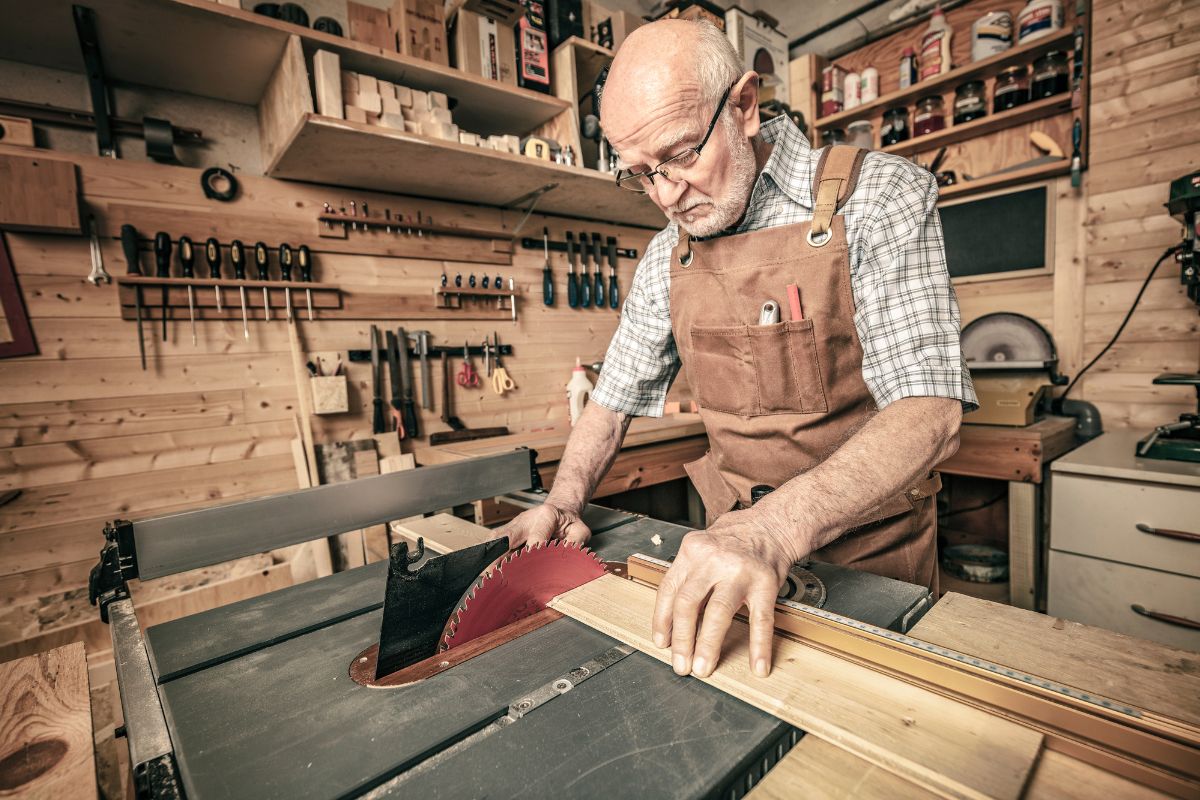
Real Wood Difficult To Cut
While solid wood is strong and durable, it can be difficult to work with because it requires precise measurements and tools like jigsaws and table saw blades.
In comparison, wood veneers are easier to use because they’re thinner and lighter, and they’re much less likely to split or warp. They’re also easier to sand down and paint.
The downside of wood veneers is that they tend to be softer than solid wood, so they don’t hold up as well against heavy loads.
This makes them unsuitable for some applications where you want to load something onto the piece.
MDF holds up better under weight than most others.
Wood Requires Finishing Edges
Look at the edge of a board of wood, and you’ll find several thin layers. These are called “layers,” and they’re what make up plywood.
Plywood is often used for furniture because it’s strong enough to hold up against wear and tear. But it’s also useful for projects like walls and cabinets where you want something sturdy.
In general, you don’t need to worry about finishing the edges of plywood unless you plan on doing some sort of decorative work, such as adding molding or edge banding along the edges.
If you use a material like MDF, however, you won’t have to worry about finishing the edge because the material itself is solid.
With MDF, you can simply cut the shape out of the sheet and attach it to the sides of your project.
Easier To Paint MDF But Less Effective
If you’re looking to build something big MDF is easier to make and is often used for furniture and home accents.
But what about those projects where you just don’t want to deal with the hassle of sanding and finishing? In that case, you could always opt for a particle board.
While both MDF and particle board look great painted white, there are some key differences between the two. If you’re planning on painting your piece, real wood is definitely the way to go.
For starters, MDF doesn’t take paint nearly as well as real wood. You won’t see the same level of glossiness on a MDF piece that you’d find on a real wood project.
However, as we’ve seen MDF is much easier to work with because it’s smooth and easy to cut.
Of course, you can still apply a clear finish to either material, making it suitable for both interior and exterior applications.
Screws Attach Better To Wood
As we know MDF is often used for furniture projects because it’s easy to cut and finish.
But if you’re building something where you’ll be driving screws or nails into the edge of the material, consider choosing real wood or MDF instead.
Plywood is softer than MDF and won’t hold down screws or nails as tightly. If you do use MDF, make sure you choose one with a high density rating, like 3/4 inch thick.
Plywood Better Outdoors
If you’ve ever built anything outside, you know how important it is to choose the right material. Plywood is one of the most commonly used building materials out there, and for good reason.
It’s strong, durable, and easy to work with. But what about wood that’s designed specifically for outdoor use? Like decking, fencing, and privacy screens?
We asked our experts to weigh in on the differences between plywood and medium density fiberboard (MDF). They told us why plywood is still the way to go for outdoor projects.
In Summary
As we have seen in this article MDF, hardwood and real wood all have their advantages and disadvantages, it’s up to you to decide which world for you depending on personal preference, project type and cost. Happy project making!
- The Woodworkers Guide to Brad Nailers: Everything You Need to Know - September 25, 2023
- How To DIY An Aztec Garden Dining Table [The Easy Way] - October 18, 2022
- Farrow & Ball Pigeon: Is It Right For Your Home? - October 17, 2022



